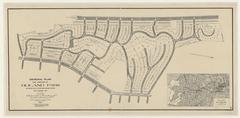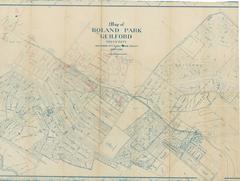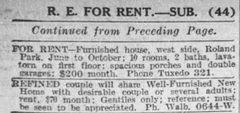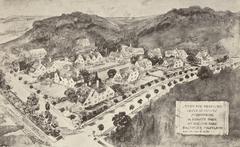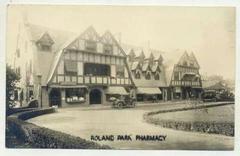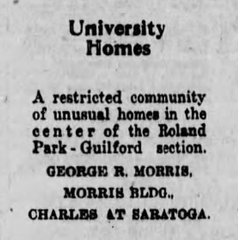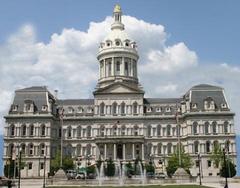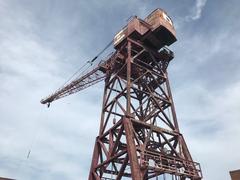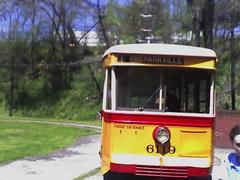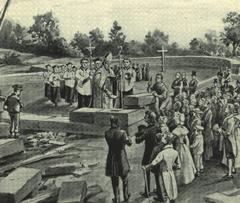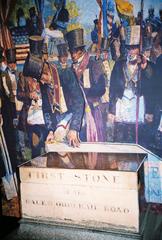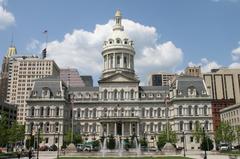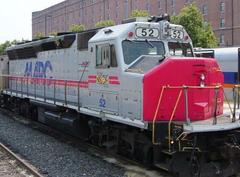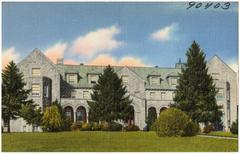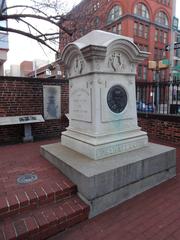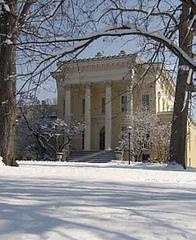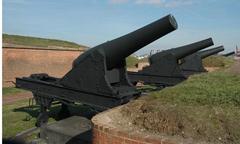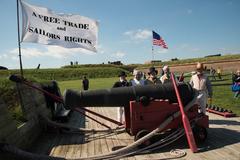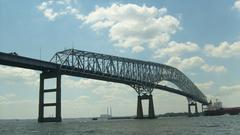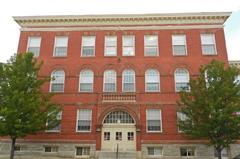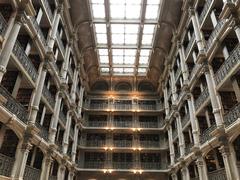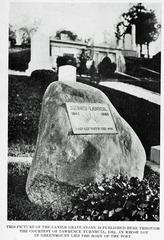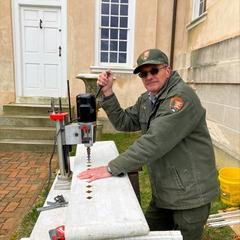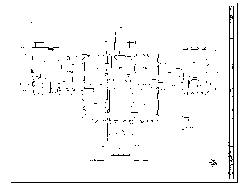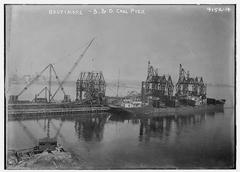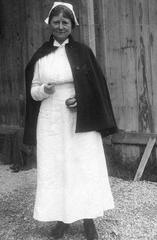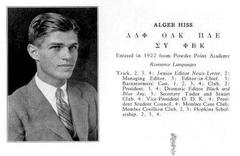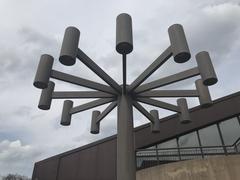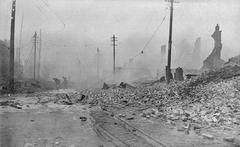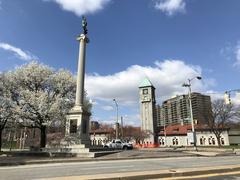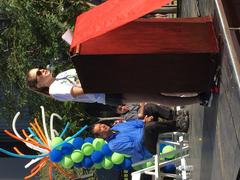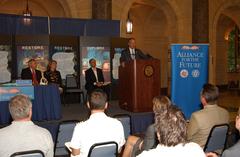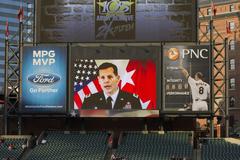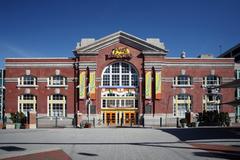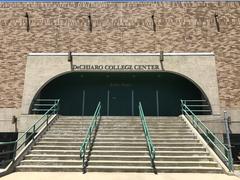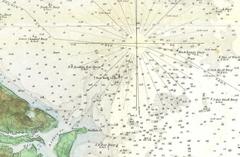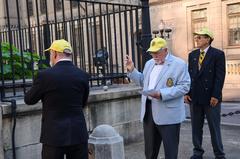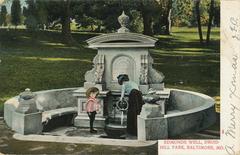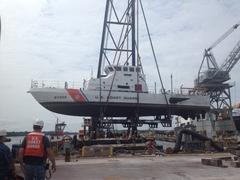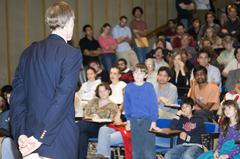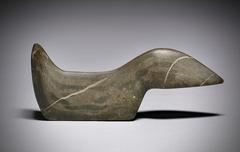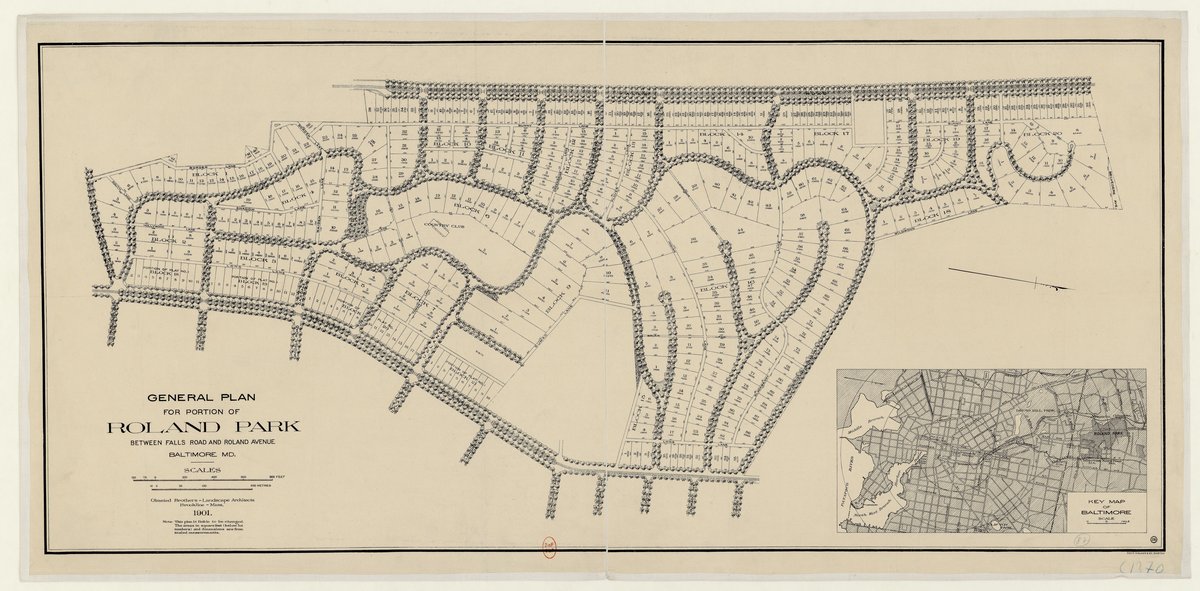
Roland Park Baltimore Visiting Hours, Tickets, and Historical Sites Guide
Date: 14/06/2025
Introduction
Roland Park, located in northern Baltimore City, stands as one of America’s most celebrated early planned suburban communities. Developed starting in 1890 by the Roland Park Company under Edward H. Bouton, this historic neighborhood was envisioned as an upscale streetcar suburb, offering a tranquil escape from the bustling city while remaining accessible via expanding public transportation. The design, influenced by the City Beautiful movement and landscape architects such as Frederick Law Olmsted Jr., seamlessly integrates natural topography with curated green spaces and a diverse architectural tapestry.
Roland Park’s legacy extends beyond its picturesque streets. It pioneered innovations such as the country’s earliest planned shopping centers and introduced suburban planning features that shaped developments nationwide. The neighborhood’s history also includes exclusionary covenants, a reflection of its era, but today’s Roland Park embraces diversity and community stewardship, actively engaging with its complex past. Visitors can look forward to exploring scenic parks, architectural landmarks, guided tours, and community events—all detailed in this comprehensive guide.
For the latest updates, event calendars, and resources, consult the Roland Park Civic League, Roland Park Historical Society, and Baltimore Heritage.
(BrockelPress, Baltimore Heritage, Roland Park Historical Society)
Table of Contents
- Introduction
- History and Development
- Architectural and Landscape Highlights
- Community and Social Context
- Parks and Green Spaces
- Visiting Hours, Tickets, and Accessibility
- Key Points of Interest
- Planning Your Visit
- Seasonal Events and Attractions
- Safety, Etiquette, and Accessibility
- Frequently Asked Questions (FAQ)
- Local Resources and References
History and Development
Roland Park’s development began in 1890, under Edward H. Bouton’s stewardship. Conceived as a retreat for Baltimore’s affluent residents, it was designed with curving roads, green boulevards, and a variety of architectural styles, reflecting ideals of the City Beautiful movement. The Olmsted Brothers, with Frederick Law Olmsted Jr., contributed to the neighborhood’s plan, emphasizing harmony between built and natural environments. Over time, Roland Park became a model for suburban development, influencing adjacent communities like Guilford and Homeland, and introducing features such as the Roland Park Shopping Center—one of America’s earliest planned retail districts.
Architectural and Landscape Highlights
Roland Park’s streets are lined with homes in Tudor, Colonial Revival, Shingle Style, Queen Anne, and Arts and Crafts designs, built primarily between the 1890s and 1930s. Strict architectural covenants originally maintained visual harmony and property values but also included exclusionary clauses that shaped neighborhood demographics. Today, these legacies are acknowledged as Roland Park works to foster a more inclusive community.
The Olmstedian approach is evident in the layout—curvilinear streets, preserved mature trees, and interconnected parks create a tranquil, park-like atmosphere. The neighborhood’s landscape features have been carefully maintained and expanded, most notably with the recent creation of Hillside Park.
(Roland Park Historical Society)
Community and Social Context
Roland Park has long been associated with civic engagement and community pride. Residents have historically played active roles in neighborhood preservation and events. While the area’s early history included exclusionary practices, contemporary Roland Park welcomes diversity and encourages stewardship of both its natural and built environments.
Parks and Green Spaces
Hillside Park: Opened on former Baltimore Country Club land, this 20-acre public park features walking trails, playgrounds, community gardens, athletic courts, a pavilion, and an amphitheater. Designed in the Olmsted tradition, it’s open from dawn to dusk daily.
Lake Roland Park: Just north of the neighborhood, this 500-acre urban oasis offers hiking, biking, birdwatching, and picnic areas. Open sunrise to sunset.
Sherwood Gardens: Renowned for its spring tulip display, Sherwood Gardens is open from dawn to dusk and is free to all visitors.
Pocket Parks and Green Corridors: Scattered throughout Roland Park, these small parks and landscaped medians foster a serene urban environment.
Visiting Hours, Tickets, and Accessibility
- Neighborhood Access: Roland Park is a residential area, open to the public at all times. Visitors are encouraged to explore during daylight hours.
- Parks: Most parks, including Hillside Park, Lake Roland Park, and Sherwood Gardens, are open from sunrise to sunset.
- Historic Sites: Exterior viewing of landmarks such as Roland Park Apartments and the Village of Cross Keys is available year-round. Private properties are not open for tours unless arranged with local organizations.
- Admission: No tickets are required for neighborhood parks or general exploration. Guided tours may require advance registration and a modest fee.
- Accessibility: While the area is generally walkable, some streets are hilly and may be challenging for those with mobility concerns. Major public buildings, such as the Roland Park Branch Library, are accessible.
(Baltimore Heritage, Roland Park Historical Society)
Key Points of Interest
- Roland Park Shopping Center: One of America’s first planned shopping centers, built in 1894 with Tudor Revival architecture.
- Roland Park Apartments: A fine example of early 20th-century residential design.
- Village of Cross Keys: Developed in the 1960s, this adjacent community features luxury condominiums and upscale shops.
- Roland Park Presbyterian Church: An architecturally significant place of worship, often open for community events.
- Roland Park Branch Library: A community hub offering resources, programs, and events for all ages.
(BrockelPress, Roland Park Library)
Planning Your Visit
Getting There
- Public Transportation: MTA bus lines 30, 33, and 95 connect Roland Park to downtown Baltimore and other neighborhoods. Fares are $2.00 (one-way) or $4.60 (day pass), payable via the CharmPass app or cash. Dockless scooters and bikes are available for eco-friendly travel. (Baltimore Public Transportation)
- By Car: Major routes include Roland Avenue and Cold Spring Lane. Parking includes metered and limited free street spots, with EV charging near the library. Be mindful of residential restrictions and posted time limits.
Navigating Roland Park
- Walking & Biking: The winding roads and landscaped medians make for pleasant walks and rides. Note that some areas are hilly.
- Accessibility: Most parks and public facilities are accessible. Contact venues for detailed accommodations.
Practical Amenities
- Restrooms: Available at the Roland Park Branch Library during operating hours.
- Dining: Cafés and restaurants are concentrated along Roland Avenue and in nearby shopping centers. Notable spots include Eddie’s of Roland Park (gourmet grocery), Petit Louis Bistro, Miss Shirley’s Cafe, and Johnny’s of Roland Park.
- Shopping: Boutique shops and a seasonal farmers’ market reflect local character.
- Wi-Fi & Connectivity: Free Wi-Fi at the library and many cafés; cellular coverage is strong.
(Roland Park Library, Baltimore Public Transportation)
Seasonal Events and Attractions
- Garden Tours: Sherwood Gardens’ tulip bloom in April-May.
- Community Festivals: MayMart carnival, Roland Park After Dark Centennial Ball, and holiday events.
- Library Programs: Author talks, children’s activities, and book clubs.
- Nearby Attractions: Johns Hopkins University Homewood Campus, Baltimore Museum of Art, Maryland Zoo, and Lake Roland Park.
Safety, Etiquette, and Accessibility
- Roland Park is one of Baltimore’s safest neighborhoods, with active community watch programs.
- Visitors should respect private property and local customs, keep noise to a minimum, and dispose of litter responsibly.
- Pets are welcome in public spaces but should be leashed.
Frequently Asked Questions (FAQ)
Q: Is there an admission fee to visit Roland Park?
A: No, Roland Park is an open residential neighborhood. Parks and most attractions are free. Some tours or special events may require tickets.
Q: Are guided tours available?
A: Yes, the Roland Park Historical Society and Baltimore Heritage offer seasonal tours. Check their websites for upcoming events.
Q: What are the visiting hours for Roland Park’s main attractions?
A: Parks are generally open from sunrise to sunset. The library is open Monday–Saturday, with varying hours.
Q: Is Roland Park accessible by public transportation?
A: Yes, multiple MTA bus routes and ride-sharing options serve the neighborhood.
Q: Are pets allowed?
A: Pets are allowed in public green spaces but must be leashed.
Local Resources and References
- Roland Park Historical Society
- Baltimore Heritage
- BrockelPress
- Baltimore Public Transportation Guide
- Roland Park Branch Library
- Sherwood Gardens
Summary
Roland Park remains a Baltimore landmark of historical, architectural, and cultural significance. Its carefully designed streets, green spaces, and heritage homes offer a window into the evolution of American suburbia. The neighborhood’s emphasis on preservation, community life, and accessibility ensures a welcoming experience for all visitors. For current event listings, guided tours, and more, consult local organizations and consider downloading the Audiala app for interactive guides.
All links and sources are provided for reference and further exploration.
